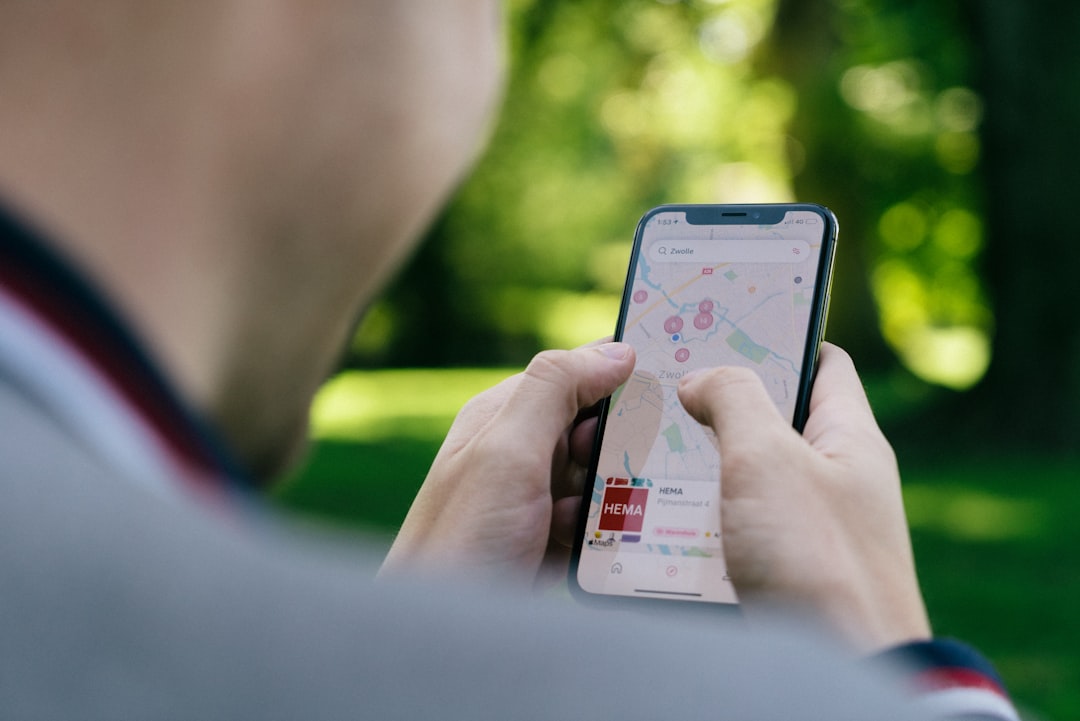Having a customized ringtone for a specific contact on your iPhone can be both helpful and enjoyable. Whether you want to identify an important call without looking at your screen or personalize a contact with their favorite song, assigning a unique ringtone makes a lot of sense. Apple provides a straightforward method for doing this, but it does require that the song or tone is properly set up in your ringtone library. This guide will walk you through the steps to assign a song as a ringtone to a specific contact on your iPhone.
Step 1: Ensure the Song Is a Ringtone-Compatible File
Before you can assign a song as a ringtone, the song must be in the correct format. The iPhone supports ringtones in the “.m4r” format, which is a ringtone-specific version of the AAC audio file. Unfortunately, you cannot simply assign any Apple Music or streaming song directly due to licensing restrictions. Here’s what you need to do:
- Purchase and download the song via iTunes or import it from your personal music library.
- Use GarageBand, iTunes (on PC or Mac), or a third-party tool to trim the song to a maximum length of 30 seconds.
- Convert the file from .mp3 or .m4a to .m4r format.
- Sync the .m4r ringtone file to your iPhone via Finder (in macOS Catalina and later) or iTunes (in older versions of macOS and Windows).

Once the ringtone is available on your iPhone, you can proceed with assigning it to a contact.
Step 2: Assign the Ringtone to a Contact
With your ringtone now available on the device, follow these steps to link it to a specific contact:
- Open the Contacts app or the Phone app and select the Contacts tab.
- Scroll to find and select the contact you want to customize.
- Tap on Edit in the upper-right corner.
- Scroll down and tap on Ringtone.
- You will see a list of default and custom ringtones; select the song you added in Step 1.
- Tap Done to confirm your selection and then tap Done again to save changes to the contact.
Step 3: Test the Ringtone Assignment
To ensure everything is working, you can place a test call to your iPhone from the customized contact. It should ring with the assigned song instead of the default iPhone ringtone. If it does not, double-check the file format and ensure the ringtone is properly added to the device.

Important Considerations
- Muting and Silent Mode: Even with a custom ringtone, your iPhone won’t ring if it’s in Silent Mode or Do Not Disturb is enabled.
- iCloud and Syncing: Ringtones are not always synced via iCloud. You may need to manually transfer the .m4r file again if you switch devices.
- Song Licensing: Tracks downloaded as part of Apple Music subscriptions are DRM-restricted and cannot be used as ringtones unless they are purchased separately and converted properly.
Alternatives for Customization
If you find the iTunes-based process cumbersome, you can consider alternatives like GarageBand, which is available for free on the App Store. With GarageBand, you can create and assign custom ringtones directly on the iPhone using any audio snippets you record or import.
To do this:
- Open GarageBand and create a new project.
- Import the desired song clip.
- Trim the clip to under 30 seconds.
- Export the project as a ringtone.
- Assign the ringtone to a contact directly from within GarageBand or via the contact settings as shown earlier.

Conclusion
Assigning a custom song as a ringtone to a contact on your iPhone requires a few preliminary steps, especially if the song isn’t already in your ringtone library. With some preparation—including converting your song to the proper format and syncing it to your device—you can successfully customize any contact’s ringtone. Not only does this add a personal touch to your device, but it also allows you to identify callers without needing to check your screen, making it both fun and practical.
By mastering this feature, you’ll enhance your iPhone’s usability and enjoy a more tailored experience that truly reflects your preferences.
